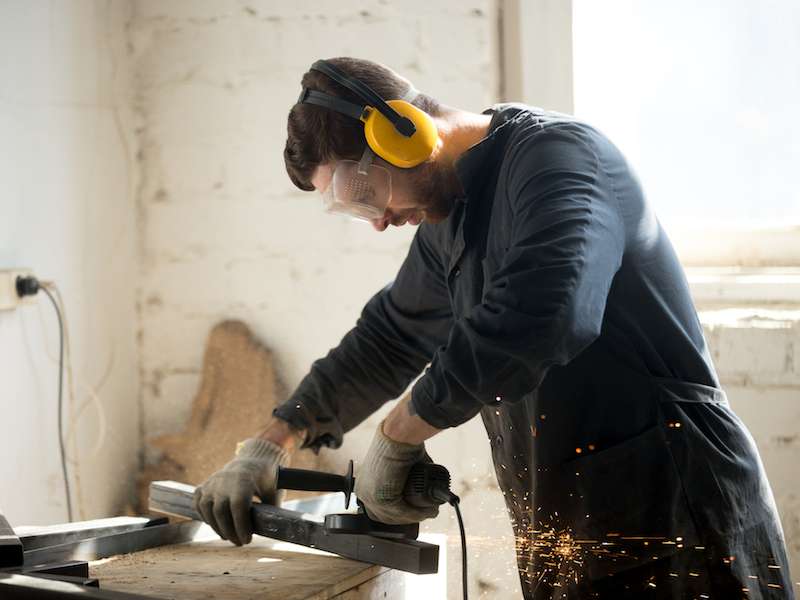
What prevents your hearing protection from working correctly? Here are 3 things to watch for.
Whether you’re at home or at work, sometimes you encounter something that can interfere with the performance of your ear protection. That’s difficult to cope with. After all, you’re trying to do what you’re supposed to do! You put on your earmuffs every day while working; you use earplugs when you attend a concert; and you stay away from your loud Uncle Joe who is constantly shouting in your ears (although, maybe you just don’t really enjoy Uncle Joe).
Here’s the point, when you’re doing everything correctly but you’re still having problems, it can be aggravating. The good thing is that once you find out about a few of these simple problems that can interfere with your hearing protection, you can better prepare yourself. And that can ensure that your ear protection functions at peak efficiency even when there’s a bump in the road.
1. Using The Wrong Type of Ear Protection
Hearing protection comes in two basic forms: earplugs and earmuffs. Earplugs are little and, as the name suggests, can be put right into the ear canal. Earmuffs look like a set of 70’s headphones, but instead of music, they provide protection for your hearing by muting outside sound.
- When you’re in a setting where noise is relatively constant, earplugs are recommended.
- When loud sounds are more intermittent, earmuffs are suggested.
The reasons for that are fairly simple: you’ll want to remove your ear protection when it’s quiet, and that’s easier to do with earmuffs than earplugs. Earplugs take a little more work to put in and are easy to lose so you might find yourself needing to replace lost plugs when you need them most.
You will be fine if you use the proper protection in the appropriate scenario.
2. Your Ear Protection Can be Affected by Your Anatomy
Human anatomy is incredibly diverse. That’s why your vocal cords are average sized compared to old Uncle Joe who has larger vocal cords. It’s also why your ear canal may be narrower than the average person’s.
This can cause complications with your ear protection. Disposable hearing protection is often a one size fits all mentality, or at best, a small, medium, large scenario. So, perhaps you give up in frustration because you have tiny ear canals, and you quit using any ear protection.
This can leave you open to risk, undermining the hearing protection you were trying to provide for yourself. Another example of this is people with large ears who often have a difficult time getting earmuffs to fit comfortably. If you spend a lot of time in noisy environments, it may be worth investing in custom hearing protection personalized to your ears.
3. Assess if There’s Any Wear And Tear on Your Hearing Protection
If you’re wearing your hearing protection every day, you should give yourself a pat on the back. But day-to-day use will result in wear and tear to your hearing protection which you need to keep close track of.
- When they lose their flexibility, replace the cushions on your earmuffs.
- Your hearing protection needs to be kept clean. Ears aren’t really the cleanest part of your body (ear wax serves a good purpose and all, but it’s still kind of… yucky). Be certain you wash your hearing protection thoroughly by taking them apart before you clean them. If you’re washing earplugs, don’t drop them down the drain.
- If you use earmuffs, check the band. When the elastic is worn out and the band is no longer holding the earmuffs snug, it’s time to switch out the band.
If you want to get optimum benefit, you need to do regular maintenance on your hearing protection. It’s essential that you have a consultation with us if you have any questions on how to take care of your hearing protection or want to know more about the things that can impede their performance.
You need your hearing. It’s worth taking the time to protect it properly.
